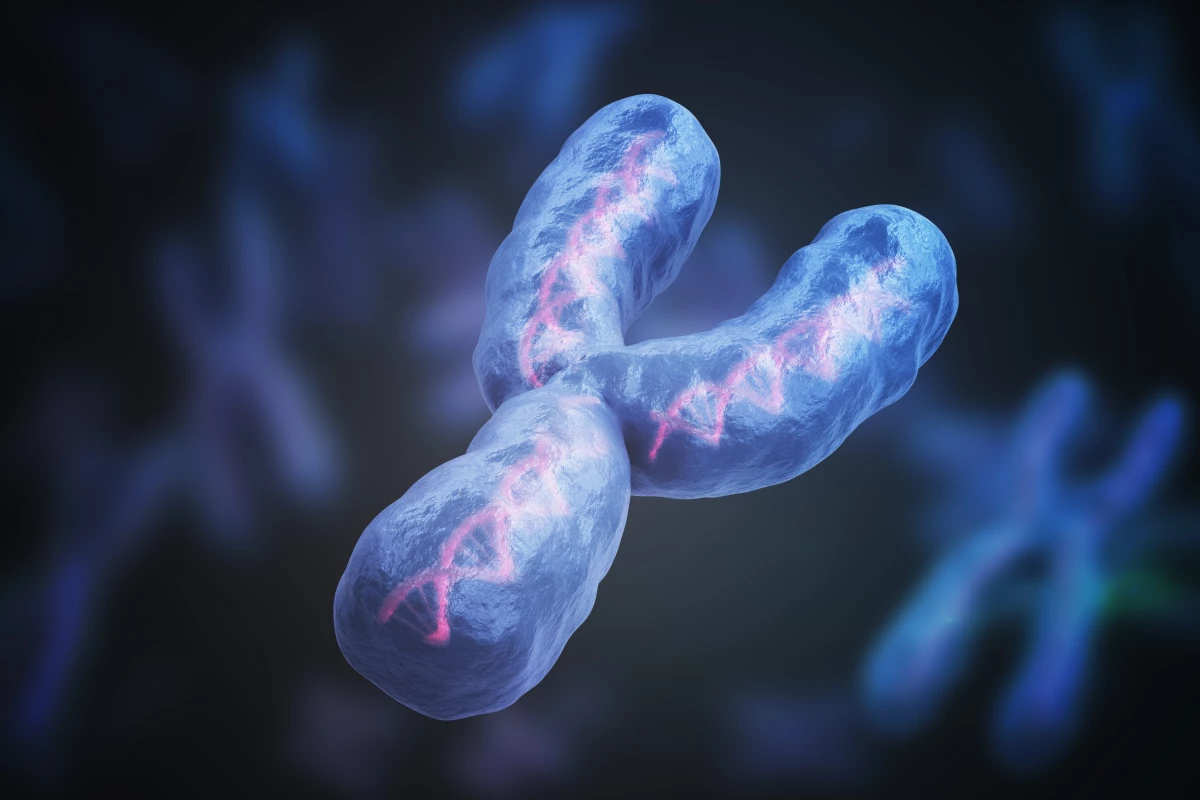In what might be a surprise for some, the male sex chromosome is far more complex than its female counterpart. This is why it’s taken scientists so long to work out exactly what makes a male a male.
Three years on from the first gapless telomere-to-telomere assembly of the X chromosome, the Y chromosome finally has its time in the sun. As well as aiding in the search for new ways to tackle genetic disorders, it’s also the first time a complete human genome has been formed for those biologically born with a Y chromosome in their DNA.
The Y chromosome determines male fertility, including sperm production, so this may also help unlock new treatment for infertility.
The researchers behind the breakthrough say that the chromosome has stumped scientists because its genetic code, among other challenges, contains “long palindromes, tandem repeats and segmental duplications.” One of the areas found to contain these problematic palindromes is the azoospermia factor region, and genetic deletions here are known to disrupt sperm production.
“This structure is very important because occasionally these palindromes can create loops of DNA,” said first author Arang Rhie, staff scientist at the National Human Genome Research Institute (NHGRI). “Sometimes, these loops accidentally get cut off and create deletions in the genome.”
The NHGRI’s Telomere-to-Telomere (T2T) Consortium presented the findings this week, revealing they were able to add more than 30 million base pairs to the existing data to complete the longstanding puzzle.
“The biggest surprise was how organized the repeats are,” said Adam Phillippy, a senior investigator at NHGRI and leader of the consortium. “We didn’t know what exactly made up the missing sequence. It could have been very chaotic, but instead, nearly half of the chromosome is made of alternating blocks of two specific repeating sequences known as satellite DNA. It makes a beautiful, quilt-like pattern.”
All up, there are 62,460,029 base-pair sequences, which together tell the biological story of male development. The scientists also identified 41 new protein-coding genes.
“When you find variation that you haven't seen before, the hope is always that those genomic variants will be important for understanding human health,” said Phillippy. “Medically relevant genomic variants can help us design better diagnostics in the future.”
The findings also corrected a few errors, such as those made in microbiome studies that mistakenly attributed unknown Y sequences to bacteria.
The Y, along with the X, make up the 23rd pair of chromosomes in the human body. During fertilization of an egg, the sperm will either contribute an X (producing a biological female fetus) or a Y (resulting in a biological male).
There are, of course, instances where a different assembly occurs, which is known as sex chromosome aneuploidy. The most common is Klinefelter syndrome, which results in an XXY configuration, which is estimated to affect one in every 500 males. It’s linked to some physiological abnormalities and age-related developmental and learning issues.
The research was published in the journal Nature.





